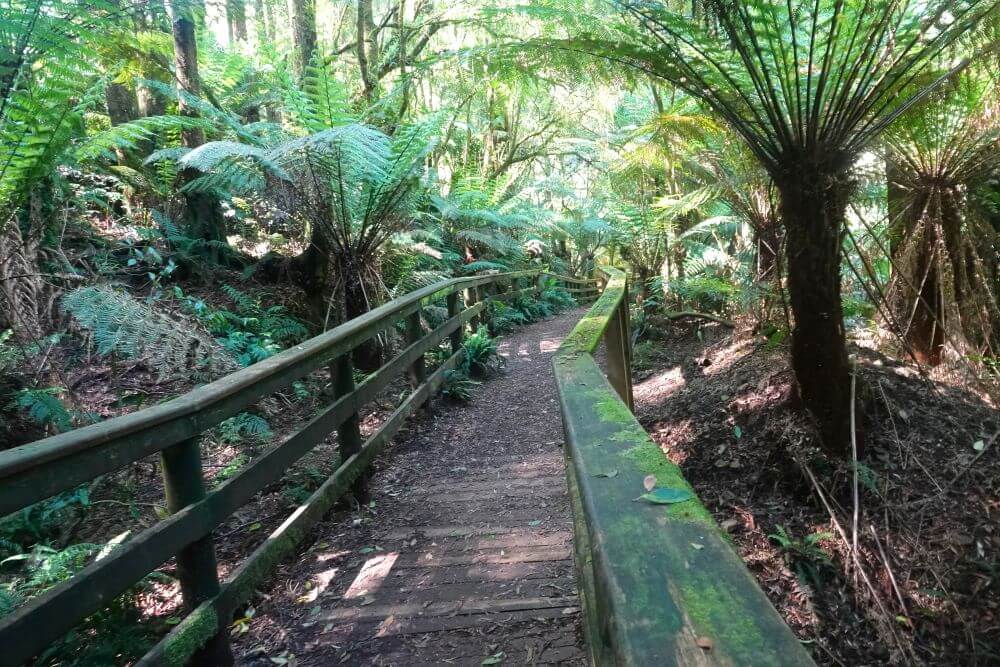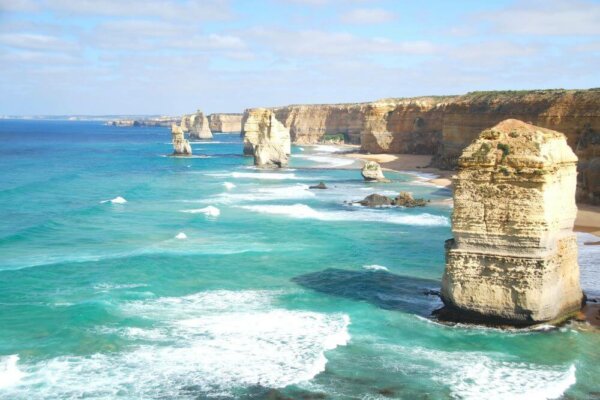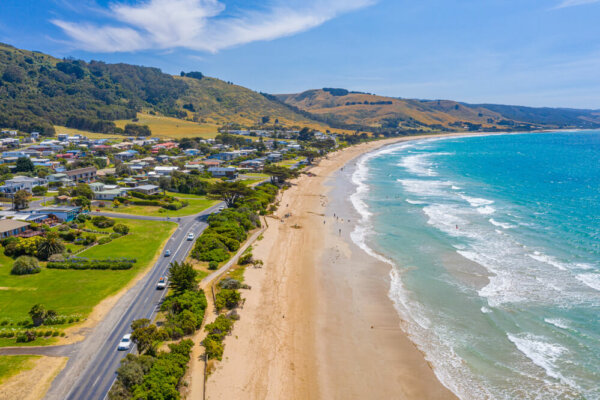Melba Gully is just a few minutes from Lavers Hill on the Great Ocean Road. The 1.5km Madsen’s Track that runs through the gully is not only a great place to experience the rainforests of Great Otway National Park, but at night you might also spot glow worms.
Disclosure: Please Note That Some Links In This Post May Be Affiliate Links, And At No Additional Cost To You, We Earn A Small Commission If You Make A Purchase. Commissions Go Toward Maintaining The Curious Campers Website.
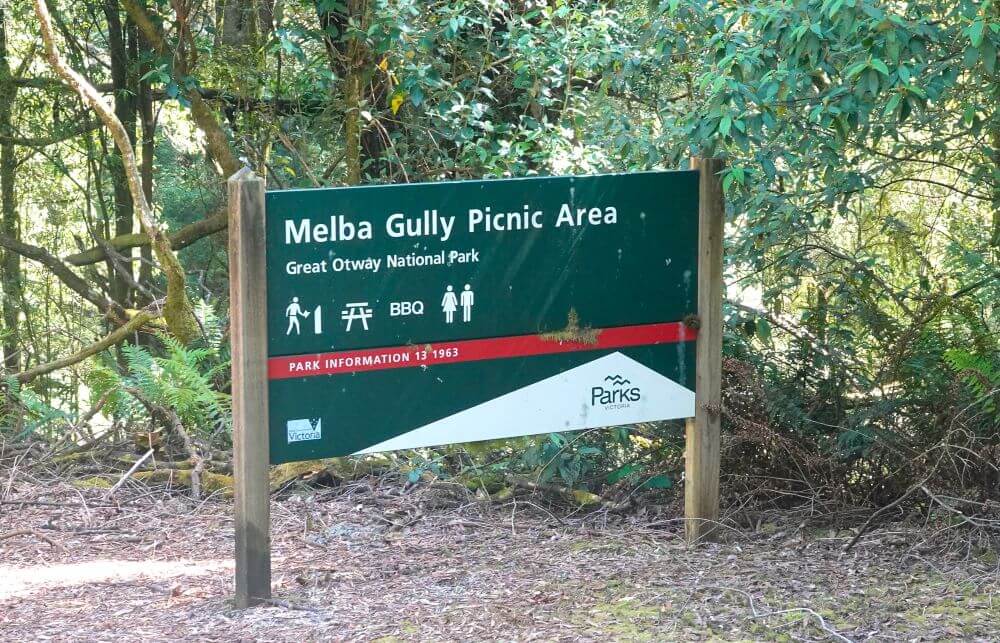
Contents
Getting to Melba Gully
We stopped in at Melba Gully at the end of the day after following a waterfall circuit from Apollo Bay, but Melba Gully is also an easy stop if you are travelling along the Great Ocean Road between Port Campbell and Apollo Bay.
- Apollo Bay to Melba Gully – 50km, 45 minutes
- Port Campbell to Melba Gully – 47km, 42 minutes
If you are driving from Port Campbell, look for the turn off to Melba Gully on your right about 2.5km from Lavers Hill. From Apollo Bay, stay on the Great Ocean Road as you go through Lavers Hill and watch for the turn off on your left 2.5km after beyond the town.
Melba Gully Facilities
At Melba Gully you will find toilets just beyond the car park. There are also several picnic tables dotted around the start of Madsen’s Track and a sheltered gas BBQ.
Dogs are not allowed at Melba Gully.

How hard is the Melba Gully Walk?
The walk at Melba Gully is called Madsen’s Track. The track is a moderate 1.5km long loop walk that takes between 35 and 45 minutes depending on how much time you take to enjoy the forest.
It is a walk of two parts. The first section from the car park to Anne’s Cascade is flat and accessible. There are both steps and ramps down to the start of the walk and picnic area.
The second half of the walk is a bit tougher. From Anne’s Cascade you need to negotiate 150 steps then a steep and potentially slippery downhill track back to the picnic grounds and car park.
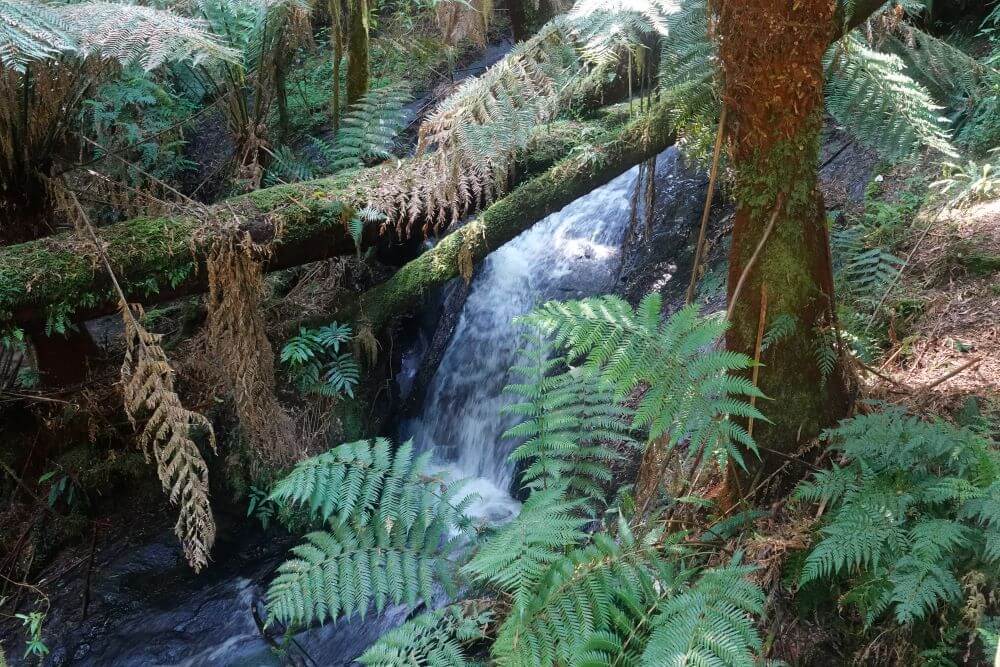
What do you see on the Melba Gully Walk?
We arrived here late afternoon. The car park was empty, and we had the entire walk to ourselves which was a real treat. There is quite a bit of signage at the start of the walk where you can learn about the history of Melba Gully and get an insight to the area areas natural and human history.
We learnt the park is named after the famous Australian opera singer Dame Nellie Melba. The walk is named after the family that donated the land to the Victorian Conservation Trust in 1975. And Anne’s Cascade is named after a member of the Madsen Family.
The first part of the walk is along a boardwalk lined with forest ferns and trees. Even on the dry November day that we visited, the forest was lush and green down to the moss growing the handrails of the boardwalk.
In the late afternoon the birds were noisy, and we briefly saw a little wallaby hop between the trees. The area around Anne’s cascade is especially lovely with the sound of running water.
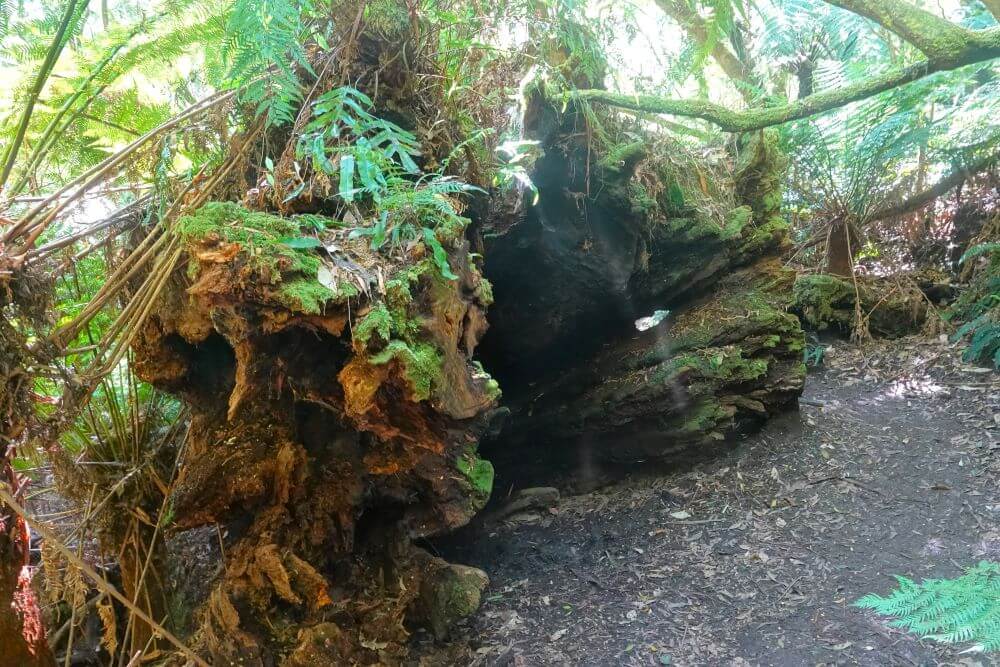
The Big Tree
If you are up for the full walk, from Anne’s Cascade you can climb the 150 steps to the site of the Big Tree. It was slightly confusing here. The sign describes a 60m tall Messmate or Australian Oak that had fallen in 2009.
There doesn’t seem to be an obvious tree at the sign, maybe there was a big overgrown log beyond the sign, however 20m further down the path there is a huge fallen tree off to your left. You can look right down its long hollowed out trunk. Was this the Big Tree? We weren’t really sure, but it certainly fit the description!
From the Big Tree it is a steepish walk beneath a canopy of tree ferns back to the picnic area where we sat down for a while and enjoyed the sounds of the forest. You would want to take care down this section if it is wet. It’s easy to think you could lose your footing down the long hill.

Finding the Melba Gully Glow Worms
Melba Gully along with Lake Elizabeth and Maits Rest are all great spots to see the Otway’s own glow worm species – Arachnocampa otwayensis.
The Melba Gully Glow Worms can be found on the rock and soil banks on the left of the path near the start of the walk. You will need it to be dark, then look for the short glowing threads of beads along the wall. You might need to let your eyes adjust to the dark to see them properly.
A few things to keep in mind when you are looking for the glow worms:
- Don’t shine a torch or camera flash on them – this causes their glow to turn off
- Don’t smoke near them
- Stay very quiet
- You can’t touch them.
We have spotted glow worms in the Otways, Mount Buffalo and Springbrook National Park in Queensland. If you get the chance to be at Melba Gully at night, it is worth staying around to spot these bioluminescent wonders. They are an amazing sight.
Melba Gully along with Lake Elizabeth and Maits Rest are all great spots to see the Otway’s own glow worm’s.
If you enjoyed this story you might also like:
Liked it? Pin it for Later…
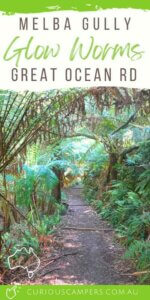



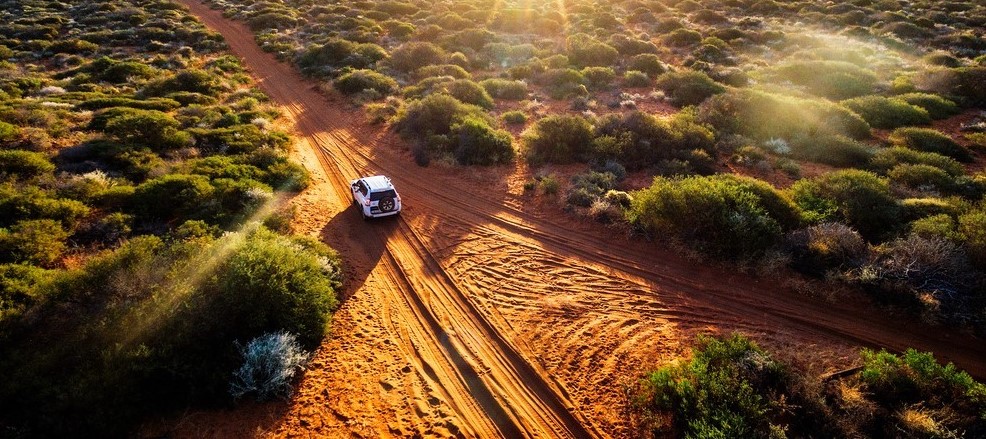
500 THINGS TO DO
Join our mailing list and receive our Free Top 500 things to do in Australia. If you love the Australian Outdoors download this list and keep it handy when you are planning a weekend away or a road trip around Australia.

